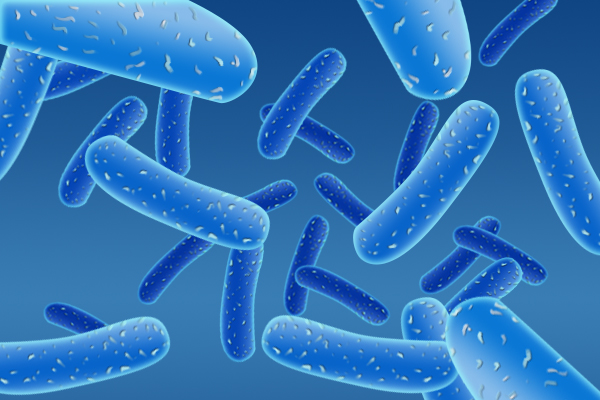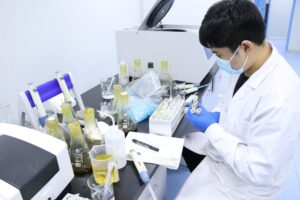Feed enzymes and probiotics are natural nutrients and microbes used to optimize digestion, improve gut health and boost immunity in livestock. As “natural growth promoters,” they provide an alternative to antibiotics by supporting the intrinsic biology of animals. Enzymes and probiotics have become widely used by farmers looking to adopt sustainable practices and get ahead of regulations.

Enzymes are catalysts that break down feed into absorbable nutrients. Grains and soybeans contain compounds like phytate that reduce phosphorus and other mineral absorption. Enzymes release phosphorus and amino acids otherwise unavailable to animals. Probiotics are beneficial bacteria that maintain gut integrity and proper pH. They crowd out pathogens, reducing diarrhea and disease. Probiotics also aid digestion and support the immune system. Used together, enzymes and probiotics maximize nutritive gain from feed.
By using feed enzymes and probiotics, farmers reap numerous benefits:
•Improved feed conversion and growth rates from greater available nutrition.
•Higher productivity and yields through optimized gut health and digestion.
•Decreased mortality/morbidity from enhanced immunity and disease resistance.
•Improved skeletal health and development thanks to minerals like bioavailable phosphorus.
•Lower feed costs by reducing waste and enabling lower diet formulations.
•Improved environment via reduced runoff from manure with lower phosphorus and nitrogen.
•Consumer appeal from natural, sustainable production methods.
•Future-proofing operations with solutions permitted in antibiotic-free production.
To successfully use feed enzymes and probiotics on your farm, follow these recommendations:
1. Choose reputable products with proven results in scientific studies or on-farm trials. Meet all regulations regarding their production, storage, labeling and management.
2.Consult nutritionists on appropriate product types, levels and combinations based on factors like life stage, species and feed type. Only use as directed for intended purposes.
3.Monitor animals during initial use for any changes in digestion, litter condition that may require dose adjustments. Then observe measurable benefits over time.
4.Keep detailed records of product usage and impacts on feed efficiency, growth rates, productivity, health parameters, environmental footprints and product quality attributes.
5.Stay up-to-date with the latest advances and new options as the science behind enzymes, probiotics and their synergy with natural feed additives is rapidly progressing. What’s available and recommended today will continue to improve over time with experience and innovation.
Feed enzymes and probiotics provide simple, natural ways to support your animals from the inside out. By choosing quality products, following guidelines carefully, observing outcomes closely and continually learning advancements, farmers will discover how promoting health and potential at the gut-level translates to prosperity across the entire operation. Optimize digestion, gain sustainable rewards.

